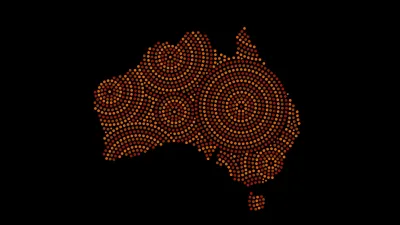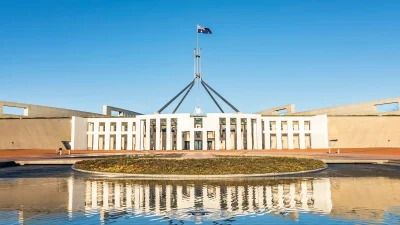Defensive stance on high-yield bonds needed


Growing volatility and the possible impact of rising interest rates on lower-rated companies should make investors re-evaluate their exposures to higher-risk assets including high-yield bonds, according to Eaton Vance.
However, the firm’s high-yield portfolio manager Kelley G. Baccei noted that despite posting negative returns in the first quarter, high-yield bonds displayed resiliency compared to the broader bond market.
“While we believe the fundamental backdrop for high-yield bonds remains supportive, we do think a defensive stance is warranted at this point of the cycle,” she said.
“Furthermore, with periodic bouts of instability likely to linger, sound credit selection will be paramount.”
Baccei also stressed that while markets anticipated a rate hike by the Fed in March, at the same time investors remain more focused on the pace of increases and how the Fed would respond if core and/or wage inflation begins to pick up rapidly.
Also, despite the re-emergence of volatility in the markets, the fundamentals of high-yield continue to strengthen, she said.
“This is evidenced by US earnings released in the first quarter which, on average, demonstrated positive revenue and earnings growth. In the last three months of 2017, corporate leverage (debt/earnings) modestly decreased for the sixth consecutive quarter, while interest coverage increased for the fourth quarter in a row,” she said.
“More importantly, default rates are benign and remain well below the long-term historic average. The trailing 12-month par-weighted default rate for high-yield issuers crept up to 2.21 per cent; however, the majority of the increase was attributable to the default of a single issuer in February.”
Looking ahead, Baccei said she would expect a modest improvement in the fundamental backdrop for high-yield bonds as the global economy seemed to be healthy and corporate earnings continued to grow.
Also, recent outflows from high-yield bond funds were heavy, with the individual investors doing most of the selling and institutional investors holding relatively steady.
“We anticipate a level of institutional demand sufficient to meet restrained net new supply, which should serve to support bond prices. Still, demand from individual investors for high-yield bonds is likely to remain weak, given heightened volatility,” she said.
Recommended for you
T. Rowe Price believes Australian growth is successfully managing to shrug off consumer weakness, but the firm’s multi-asset team is not yet positive enough to increase its underweight position.
Iress has issued an update denying the validity of “certain statements” made by an alleged threat actor, following a cyber incident last weekend.
The latest budget papers have outlined a $10 million provision for ASIC greenwashing enforcement activity as well as funds for a sustainable labelling regime to be partially met by industry levies.
Betashares has expanded its fixed income solutions with the launch of a new ETF offering exposure to subordinated bonds issued by the big four Australian banks.














